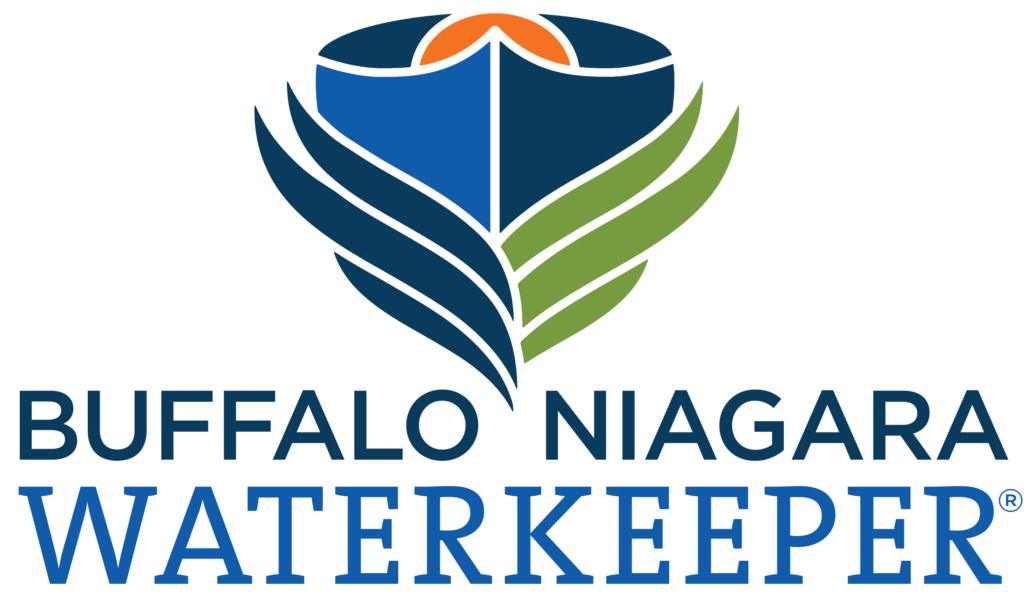Letter to New York State Department of Environmental Conservation Consideration of E. Melnyk
Dear Mr. Melnyk,
I am writing to submit comments on the Remedial Investigation Work Plan (RIWP) for Site Number C915196B: Brownfield Cleanup at the site formerly known as GM/American Axle and Manufacturing (GM/AAM). I submit these comments on behalf of Buffalo Niagara Waterkeeper (BNW).
BNW is a community based organization whose mission is to protect and restore our water and surrounding ecosystems for the benefit of current and future generations. We protect clean water, we restore the health of ecosystems, we connect people to water, and we inspire economic growth and community engagement. The American Axle site located at 1001 East Delavan Ave. is known to be significantly contaminated. Approximately 110 thousand gallons of PCBs are located underneath this site. PCBs, known carcinogens, were found to be leaking into the sewer that flows under community member’s homes. We have been told directly from local community organizers that families are afraid to drink their water and plant gardens in their backyards. This site is a long time Environmental Injustice to the surrounding residents and needs to be remediated through a rigorous safe process. Due to the significant history of soil contamination on this site, we are particularly concerned about the potential for groundwater contamination. Buffalo City sewer infrastructure that is underneath this site, under homes in the community, and flow into the buried Scajaquada Creek provide a potential pathway for PCB contamination to make its way in to the creek.
BNW is currently working with a number of partners on developing a restoration plan for the entire creek corridor. Thus far there has been dredging of historical contaminated sediment in Forest Lawn Cemetery. We are currently working with federal and state partners to secure dredging of contaminated sediments in the creek downstream of Hoyt Lake to the mouth at the Black Rock Canal and in Hoyt Lake. Sediment in Hoyt Lake is a concern as well due to historic hydrologic connection to Scajaquda Creek and the fact the creek overflows its banks into the lake during high water events. We need to ensure that once this historic contamination is removed, there will no longer be a source of new contamination. Some more specific concerns are as follows:
1. Ensuring comprehensive investigation of contaminants in groundwater on and off site. Some metals mentioned in the plan, lead and arsenic for instance, exceed New York State standards for groundwater. Additionally, the pesticides dieldrin and heptachlor epoxide exceed standards. Lead was 14.4x standard, arsenic 1.24x standard, and barium was 2x the standard, while dieldrin was 7.5x the standard. The report minimizes this data, and claims there are no Contaminants of Concern in the groundwater due to historic or current use of the site. This is referring to the following from the RIWP: 4.1.3, Page 17 states: “There are no significant impacts to groundwater on the BCP Site as a result of historical or current facility operations. Section 4.1.3.1 Page, 18 states: “Based on the limited number of detections and low concentrations, Metals are not considered a COC in groundwater. Section 4.1.3.2 Page, 18 states: “Pesticides and herbicides are not considered a COC in groundwater. The RIWP should be revised to reflect that there are impacts to groundwater as a result of historical or current facility operations. Groundwater in Buffalo is a serious concern to the health of residents living in close proximity of the site. The RIWP must comprehensively investigate for lead other metals, and pesticides on this site, as well as investigate off site potential avenues for contamination when preparing the Alternatives Analysis. While offsite sampling may not be feasible or required under the proposed RIWP for this BCP Site, NYDEC must ensure that there is offsite sampling in the homes and yards of the residents in the adjacent neighborhoods.
2. Ensure new sampling occurs, and a new model is developed for the 5×9 sewer pathway to Scajaquada Creek. The pathway from the 5×9 sewer to the Scajaquada creek is not discussed in the RIWP and needs further investigation. A previous Environmental Assessment completed by Energy Consortium Solutions, LLC for EDP in 2016 modeled the pathway from the 5×9 sewer under the 250 Colorado Street site (BCP #C915196) to the Scajaquada Interceptor sewer, and into the Scajaquada Creek near Forest Lawn Cemetery. It found that only 0.45% of the 5×9 sewer load ends up in the creek. Even this small amount of the load contains enough PCBs to limit for a class C stream. This model used data points from 2009, only examined sewer output for the Colorado Street site, and did not address stormwater events as samples were taken during dry weather and the model was adjusted for dry weather conditions. The RIWP should take current samples and run a new model for this pathway. This new model should account for the combined sewer output from both sites, as the sewer has inputs from both. The new sampling and modeling theoretically (and hopefully) will show less PCBs reaching the Scajaquada Creek as operations have ceased and delineation has occurred since 2009. This is not a certainty, though, and the RIWP must account for data needed to prove that the creek is indeed protected from new pollution.
3. Community Impact Considerations. We are also concerned that this work plan only includes a portion of the site. It is unclear whether the implementation of this work plan will result in remediation necessary for the long-term protection of human health and the environment. Specifically, the site has been arbitrarily carved out of the group of sites once operated by GM and American Axle which includes the Colorado Street site and the Saginaw sites. Although these are separate sites than what is in the application, they also may have a community impact. I believe it to be in the community’s best interest to group these sites together in a regional effort. By approaching this group of sites as a whole, this sort of assurance by NYSDEC will be comforting to nearby residents and is sure to gain support for NYSDEC decisions in the future. This site has harmed the community for over 30 years. We appreciate the NYSDEC’s commitment to getting it cleaned up. This work plan is more thorough due to oversight by NYSDEC. However, it is clear the NYSDEC has struggled to enforce timely and thorough remediation over the past two decades. We support comments submitted for by Clean Air Coalition on this RIWP. In addition, we suggest NYDEC to consider the technical comments prepared by nygeology in service to the Clean Air Coalition on this RIWP. We strongly support the request to NYDSEC to create a Community Advisory Board that would allow residents and community stakeholders to partner with NYSDEC and the site owner for comprehensive remediation that the community deserves. A Community Advisory Board would help the DEC with extra eyes to make sure the implementation of this work plan is timely and thorough. This is an extremely complicated site even for experts to consider and the residents deserve to be informed and have this technical information translated to them in a transparent process.
In summary, BNW urges the NYSDEC to enforce a compressive, robust, and aggressive plan at the former American Axle site that centers the human health, the environment and community concerns. To reiterate our specific requested RIWP revisions, they are as follows: Consider all the current exceedances for lead, other metals, and pesticides when preparing for the alternatives analysis and investigate off site to ensure health of residents. Add the collection of new samples for PCBs in the water and sediment in the Scajaquada Drain and develop a new model based on current conditions regarding the 5×9 Sewer and potential pathways to the Scajaquada Creek. Consider grouping the sites together and creating a Community Advisory group to benefit residents who have been burdened by this site. Consider the general and technical comments submitted by the Clean Air Coalition as they have been organizing with the residents of the surrounding neighborhood since 2015. We thank you for the opportunity to participate in this process and look forward to NYDEC’s replies to address our comments. Respectfully submitted, Chris Murawski Director of Community Engagement Buffalo Niagara Waterkeeper


